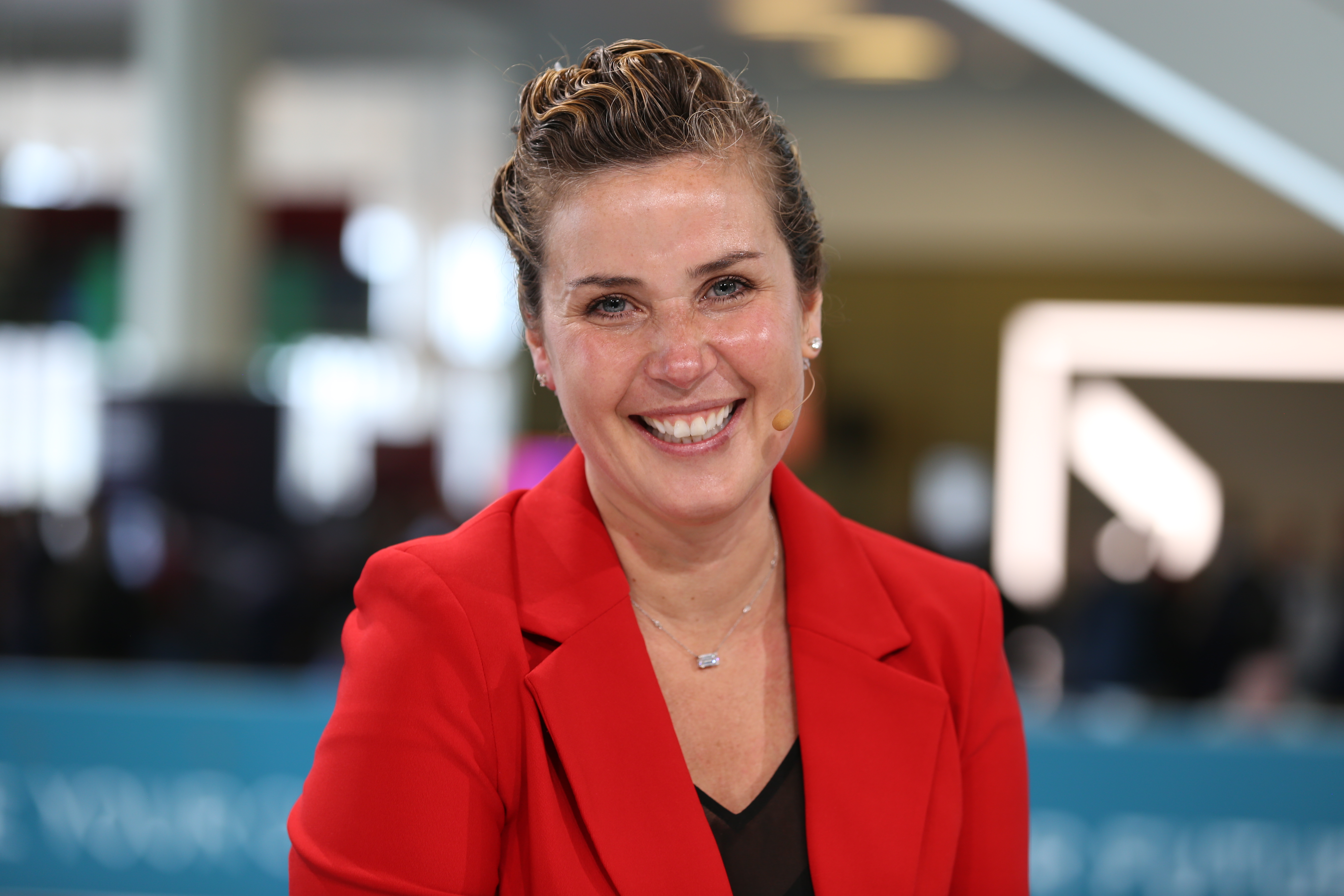 INFRA
INFRA
 INFRA
INFRA
 INFRA
INFRA
Modern business is built on technology, and technology is built on Red Hat Enterprise Linux. In a twist of fate, the open-source operating system that was founded on ideas of liberation and revolution has become the basis underlying countless corporate applications.
With the general release of RHEL 8 this week, Linux has stepped into the hybrid computing world, offering enterprise customers a bridge between old and new technology and easing the move into the cloud.
“When I think about what we all want to do every day, we all want to have impact,” said Stefanie Chiras (pictured), vice president and general manager of the RHEL business unit at Red Hat Inc.
Chiras spoke with Stu Miniman (@stu) and John Walls (@JohnWalls21),co-hosts of theCUBE, SiliconANGLE Media’s mobile livestreaming studio, during Red Hat Summit in Boston. They discussed the release of RHEL 8 and the global impact of RHEL and the Red Hat open-source community (see the full interview with transcript here) (* Disclosure below.)
A recent International Data Corp. study commissioned by Red Hat showed the astonishing figure of $10 trillion worldwide revenue from businesses running applications on RHEL.
“If you think about how pervasive [RHEL] is in the economy, it’s ultimately hard to have any transaction done that doesn’t somehow ripple into technology … primarily built around Linux, and Red Hat Enterprise Linux is the leader,” said Jim Whitehurst, president and chief executive officer at Red Hat, during a recent conversation with theCUBE.
The disparity in revenue for Red Hat itself, reported at $3 billion for fiscal year 2019, and its global impact is huge. While this could be seen as a downer, the company views it as a positive indicator of its impact on the world.
About 40,000 RHEL 8 beta users provided input before the OS was released to general availability. This is in addition to the 21.6 million lines of code contributed over the past two years, amounting to a change of a full third of the code base for RHEL.
While the obvious difference in RHEL 8 is the addition of artificial intelligence, container ,and hybrid cloud functionality, the release also addresses many smaller issues encountered by customers.
“[RHEL 8] takes all that we have learned in the market on how to run an efficient Linux data center and it sends that out in a software as a service offering to every RHEL subscription owner,” Chiras said. The goal is twofold: increased efficiency and growth.
Around 900,000 jobs are being driven by the RHEL ecosystem, according to Chiras. “That’s massive,” she said.
Linux skill sets are in demand, and the simpler access is to the OS, the better, Chiras added. “[Making] the most of the skills that customers have and being … cross-compatible is really important,” she said.
Adapting the graphical user interface to feel and work similar to Windows makes familiarization faster. Other ease-of-access features include the Cockpit project, which enables users to run Linux servers from a mobile device, as well as container tools, such as Buildah and Podman. The RHEL team has made “a very focused effort with our team to reach out to the developers, make sure they have the tools they need, the capabilities they need,” Chiras stated.
Red Hat is a portfolio company of enterprise software, not a product company, according to Chiras. More than just an operating system, RHEL 8 is designed to tie into the complete Red Hat portfolio.
“Being in RHEL is like being in all the products at Red Hat, because we’re the foundation of it,” she said. “That’s what I hope people walk away feeling; that the OS is core to the whole portfolio that Red Hat can deliver.”
Watch the complete video interview below, and be sure to check out more of SiliconANGLE’s and theCUBE’s coverage of Red Hat Summit 2019. (* Disclosure: TheCUBE is a paid media partner for Red Hat Summit. Neither Red Hat Inc., the sponsor for theCUBE’s event coverage, nor other sponsors have editorial control over content on theCUBE or SiliconANGLE.)
Support our mission to keep content open and free by engaging with theCUBE community. Join theCUBE’s Alumni Trust Network, where technology leaders connect, share intelligence and create opportunities.
Founded by tech visionaries John Furrier and Dave Vellante, SiliconANGLE Media has built a dynamic ecosystem of industry-leading digital media brands that reach 15+ million elite tech professionals. Our new proprietary theCUBE AI Video Cloud is breaking ground in audience interaction, leveraging theCUBEai.com neural network to help technology companies make data-driven decisions and stay at the forefront of industry conversations.